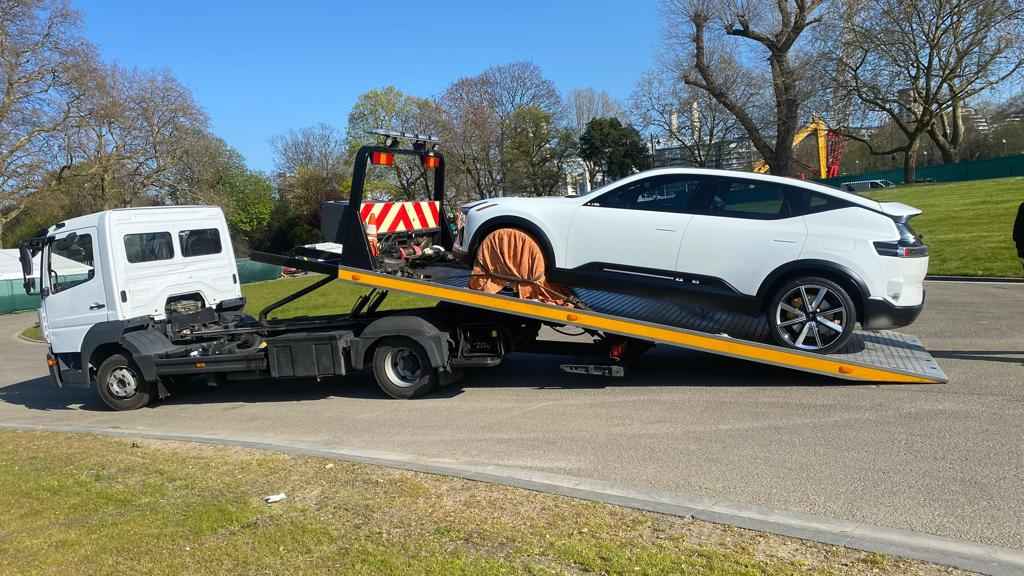Your vehicle may break down on the roadside and becomes unable to start and move, needing towing. Knowing how to tow a car safely will help you take it to the nearby repair shop, garage, or any other place.
This blog will take you through the simple rules and method of a car towing.
Towing Rules
The towing rules vary depending on how long you have been driving a car. There are limits if you passed your driving test after January 1, 1997, and did not take a specific vehicle and caravan exam.
Sign with ‘On Tow’ and Qualified Driver:
- A broken-down car that is being towed must have an ‘On Tow’ sign on the back.
- The person operating the vehicle must be qualified.
Towing with Rope or Chain:
- Towing an automobile without a tow bar is possible with a rope or chain.
- The distance between the vehicles should not exceed 4.5 metres.
- If it’s longer than 1.5 metres, use a bright cloth to make the chain or rope noticeable.
Insurance and Legal Obligations:
- If a towed vehicle’s tyres make contact with the road, it must be insured.
- Your vehicle needs to have a current MOT (if applicable).
Towing on the Highway:
- Towing on the highway is only permitted if the vehicle has broken down on the highway.
- It is risky due to high-speed vehicles on the highway.
Guidelines to Follow Before Towing
- Make sure you have a strong tow bar on hand. It must be strong enough to tow the weight of a vehicle.
- To prevent a steering lock, keep the ignition ‘on’ in the vehicle being hauled.
Guidelines for the Driver Towing a Vehicle
- Drive the vehicle with the utmost caution, limiting your speed to 25km/h. This provides the driver being hauled more time to examine the situation and react to what is going on around them.
- The driver must use the clutch carefully. This practice is essential to prevent snatching of the rope, which may cause the towed vehicle to be yanked forward unexpectedly. This is the primary cause of tow rope failure and is inconvenient for the driver.
- The driver must avoid sudden braking. He/she should lightly push the brake pedal before braking if possible. This activates your brake lights and provides ample warning to the driver being pulled.
- Indicate any manoeuvre well in advance to notify the driver being towed and other road users.
- Avoid abrupt changes of direction, as the motorist being pulled will find it difficult to steer and stop when their vehicle’s engine is not functioning.
Guidelines for the Driver Being Towed
- Keep an eye on the indicator and brake lights of the car towing yours so you can anticipate any forthcoming manoeuvres.
- Coordinate your braking and steering with the towing vehicle.
- Apply light brake pressure to reduce jolting and maintain tension in the rope. This will also increase the lifespan of the rope by keeping it away from the road surface.
FAQ's
An unbalanced vehicle can put extra stress on a car’s engine or other parts, but if it is done while keeping all the above mentioned pointers in mind, there is no chance of engine damage.
As far as you follow all the towing rules mentioned in this blog, it is legal to tow a car.
Using a tow strap with hooks is the best option that attaches to both automobiles' towing hitches.

